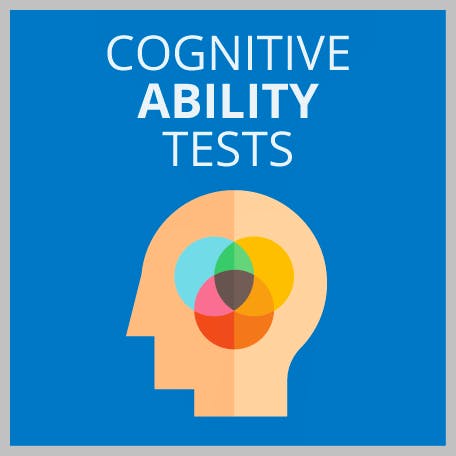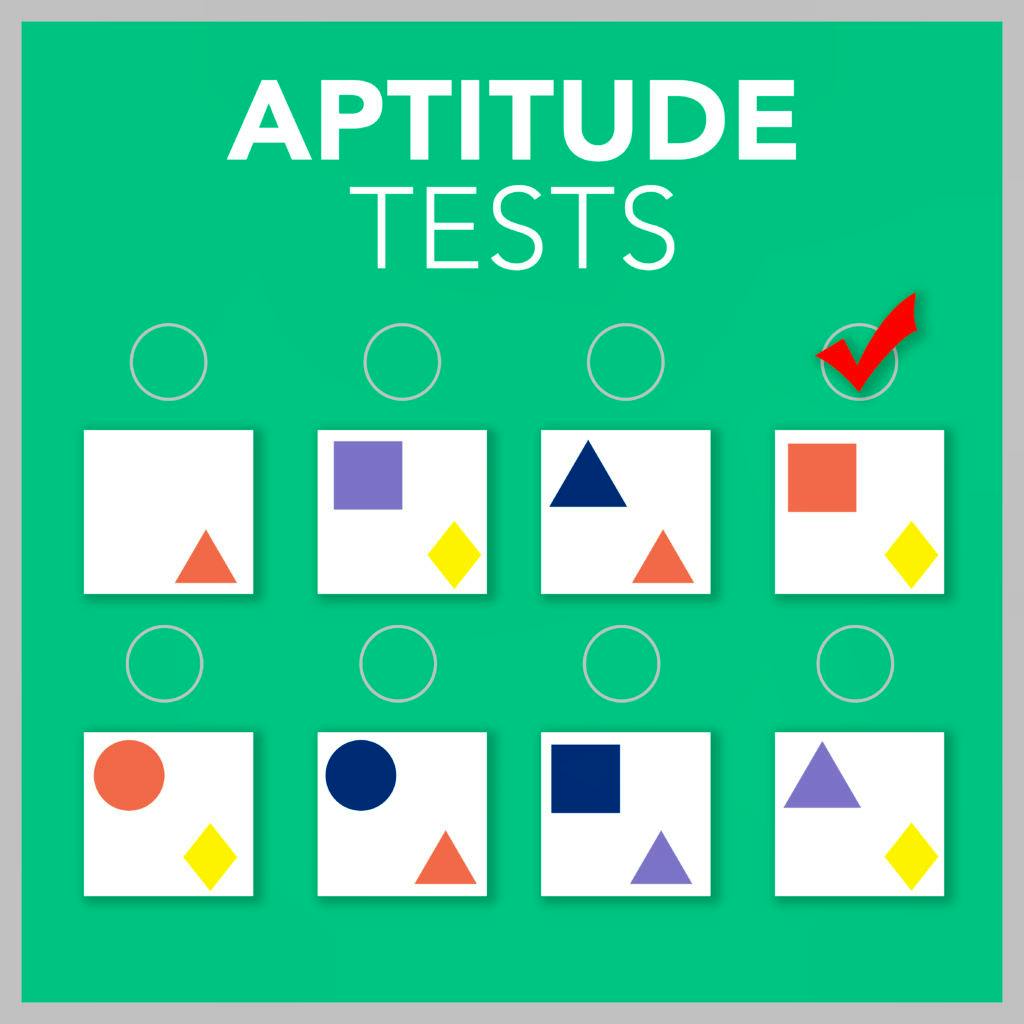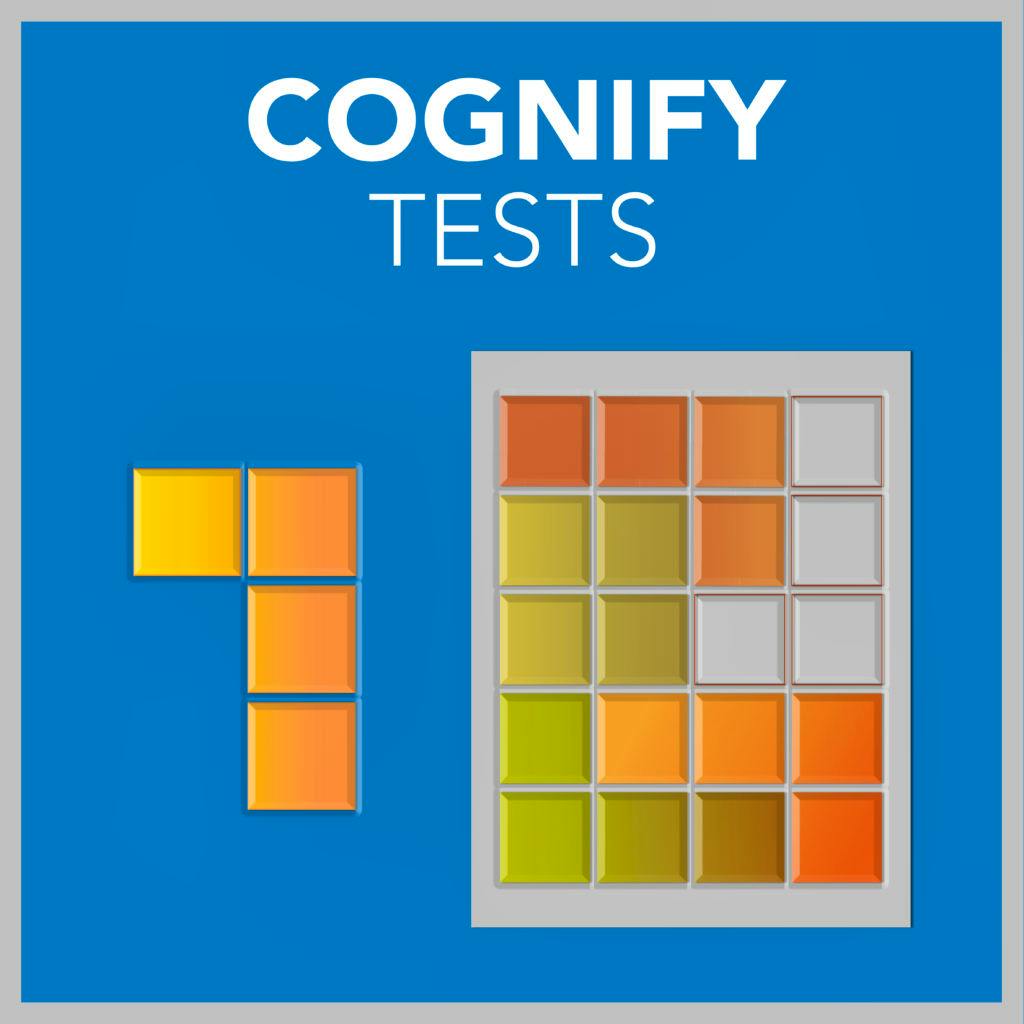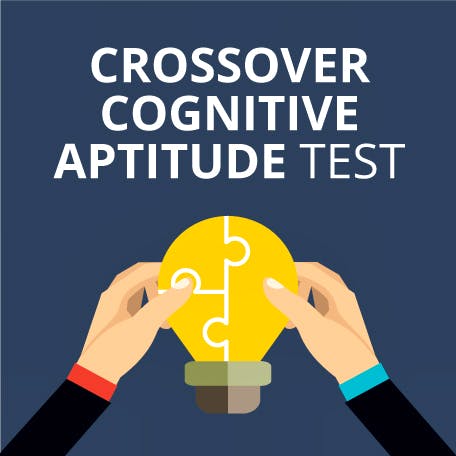McQuaig Mental Agility Test (MMAT): Examples & Tips 2025
Updated May 31, 2024
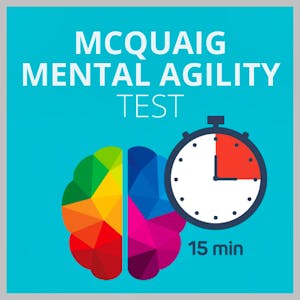

The McQuaig Mental Agility Test (MMAT) is a 15-minute timed test that is designed to assess your ability to think quickly.
In this short test, you will face questions that will allow you to demonstrate your speed of thought and general mental agility, which are useful aptitudes when it comes to many jobs in different industries.
In this article, find out more about the structure of the test, the different types of McQuaig Mental Agility test questions and what to expect on the day. You’ll also get some mental agility practice test questions and top tips to help you be successful in the MMAT.
What Is the McQuaig Mental Agility Test?
The McQuaig Mental Agility Test is an assessment that is typically used as part of the recruitment process for a number of industries, and it is a reliable indicator of how adaptable and quick thinking a potential employee is.
The test itself is relatively quick – 15 minutes. There are a total of 50 randomly generated questions on the assessment, and you need to correctly answer as many questions as possible within the time limit.
The MMAT has three different types of questions used to test different areas of mental agility. Questions will be on mathematical ability, verbal knowledge and logical reasoning – all areas that need some basic understanding of numbers, vocabulary and logic.
You will usually take this test through an online link, which means you can complete it in your own time and in a location of your choosing – although you will usually have to get it done by a certain date.
A candidate who scores highly on the MMAT is likely to have good mental agility, which makes them a strong applicant for an advertised role.
Recruiters use the MMAT for a number of different roles across many industries because it is a source of quantifiable data about the aptitude of a potential employee.
Who Should Take the MMAT Test?
According to McQuaig, the MMAT can be used in different ways in the workplace. It can be used to benchmark the agility needed for the role by asking employees who are already doing the job to take the test.
Their scores can then be used to match against applicants' McQuaig Mental Agility Test results to ensure that they meet the current requirements.
The MMAT is most often used in recruitment for several different reasons. Firstly, it is a quick and relatively simple test to administer to a large number of people at the same time, which makes it a useful and data-driven way to reduce an unwieldy candidate pool.
Secondly, it provides quantifiable data that the recruitment team can use to inform their decision-making when it comes to choosing applicants to take further into the hiring process.
In some cases, the MMAT might be used to assess internal candidates for promotion or to identify extra training needs.
Several well-known companies make use of the MMAT as part of their recruitment process, including the NHS, Caffe Nero, Zoopla and Mitie.
You are more likely to take the MMAT if you are applying for a role as a manager or executive, particularly if the workplace culture is fast-paced and can be unpredictable.
McQuaig Mental Agility Test Questions and Answers
Mathematical Ability
The mathematical ability questions are based on simple, basic math knowledge (school leaver level knowledge).
You are not expected to have a high level of skill with numbers, but you will need to answer questions without a calculator, so you might want to brush up on the following:
- Basic operations (multiplication, addition, subtraction and division)
- Decimals, percentages and ratios
- Averages
- Speed, distance and time
- Volumes
- Sequences
If three burger meals cost $27, how many meals would you get for $216?
a) 17
b) 18
c) 23
d) 24
e) None of the above
Verbal Comprehension
In the verbal comprehension questions, you will be assessed on your knowledge of language and vocabulary, with particular attention to word meanings.
The questions are based on language constructs like synonyms and antonyms, and they tend to include odd or rarely used words.
You will usually be presented with a word and asked to find the right answer from the multiple-choice answer, whether that is a word with the same meaning or a word with the opposite meaning.
You won’t need any special knowledge for this section; just make sure you are confident in finding the meaning of unfamiliar words and expand your vocabulary by reading lots of different types of books, journals and newspapers.
What is the meaning of 'hyperbole'?
a) Exaggeration
b) Greed
c) Information
d) Data
e) None of the above
Logical Reasoning
Agile thinking needs logical considerations, so you need to be able to demonstrate that you can follow logical rules to come to a conclusion based on different data.
The questions based on logical reasoning will ask you to complete a sentence based on a previously given statement from the multiple-choice options provided.
To be successful in these questions, you should try and think about the answer before you look at the options, as some of the multiple-choice answers might be similar and confuse you.
'Snow' is to 'winter' as 'heat' is to…
a) Spring
b) Fall
c) Summer
d) Rain
e) None of the above
How Is the McQuaig Mental Agility Test Scored?
The McQuaig Mental Agility test scoring is a very simple process, with a point awarded for a correct answer and no points deducted for a wrong answer.
The scoring is used to demonstrate the speed of thought of the candidate, so the scores can accurately predict the mental agility of the person taking the test.
The McQuaig Mental Agility Test average score is between 25 and 37, but there are score brackets that you can use to see where your abilities lie:
- Below-average ability = 25 or less
- Average ability = 25 to 37
- High ability = 38 to 45
- Exceptionally high ability = 45 or more
The MMAT is a test that relies on benchmarking for accuracy, which means that your score will be compared to the scores of people already in the position to ensure you have the right level of agility.
What this means for you as a test taker is that, although there are no pass/fail marks, if you do not achieve the benchmarked level of your peers, you will not be taken further in the hiring process.
For example, if you got a score of 38 – which is considered high ability – but your peers consistently score 40 or more, you would not reach the required standard.
How to Prepare for the McQuaig Mental Agility (MMAT) Test
Preparation for an unfamiliar testing scenario will help you perform better on the day and get you used to the test, the assessment environment and the content of the questions.
Start preparing early – doing things like looking at sample McQuaig Mental Agility Test questions and answers – so that you can maximize your chances of success.
Step 1. Understand the Test Purpose and Format
If you know what to expect, you will feel more confident, and the same goes for knowing what the recruitment team is looking for.
If you are taking the MMAT, you will know that the role requires flexibility, adaptability and speed of thought in a successful employee.
Guides like this, and the information that is available on the McQuaig website, will help you feel more confident in understanding the purpose and the format of the test.
Step 2. Take Paid For or Free McQuaig Mental Agility Practice Tests
Example questions are an excellent way to get a flavor of each subject and the level of knowledge you will be expected to have.
Looking at McQuaig Mental Agility practice tests, which are usually free, is a good way to see how hard you will find the real assessment, so you can start working on a study and revision plan before the big day.
Step 3. Prepare for the Test Environment
Tests are tough, especially when they are timed. For many MMAT candidates, one of the hardest parts of the assessment is the very short time limit.
One of the best things that you can do to ensure your success is to take a full practice test under exam conditions.
The MMAT is delivered online, and you are most likely to take the test at home, so set yourself up somewhere quiet, use the timer and practice the test under exam conditions.
You can use the results of these paid for or free mental agility tests to see where you are in terms of score and focus on areas that you might have struggled with when you are revising and improving.
Step 4. Boost Your Mental Agility
You don’t have to focus solely on brushing up on high school math knowledge – you can boost your mental agility in many ways.
Start by reading widely, both fiction and non-fiction. Try books written in formal language, like instruction manuals or journals.
Pick up a book from a new author that you have not read before. Look for newspapers and magazines, and check out online articles about new subjects.
This approach to expanding your vocabulary will work best if you look up any unfamiliar words so that you understand their meaning.
You can also enhance your mental agility using smartphone brain training games.
These games usually need you to be able to think on your feet to solve problems, combining logical and critical thinking with problem-solving and even math and language knowledge.
Step 5. Get Enough Rest Before the Exam
Your body is a machine, and you cannot expect it to perform well without the right fuel.
This means that as you approach the MMAT, you want to focus on good nutrition, regular hydration and adequate sleep.
Nerves are completely normal but do your best to get a good night’s sleep before you take the MMAT so that your brain can work at optimal levels, and you aren’t feeling sluggish or uncomfortable.
Step 6. Read Each Question Carefully
The test is timed, but that doesn’t mean you should rush through the questions. Take your time to read each question carefully so that you know what you need to do to answer correctly.
You don’t want to risk your marks by misreading the information you have been given.
Step 7. Don’t Get Stuck on a Single Question
Some of the questions might stump you, but with the short time limit of just 15 minutes, spending too long on a single question could cost you the simple points from questions you find easier later in the assessment.
If you get stuck, move on – you can always come back to it at the end if you have time.
Step 8. Keep an Eye on the Time
15 minutes goes by pretty quickly when you are in an exam – and you’ll know this from looking at your practice McQuaig Mental Agility test questions and answers.
Make sure that you keep an eye on how much time has passed so that you can get as many questions answered in the allocated time as possible.
The McQuaig Mental Agility Test is designed to be challenging because of the short time limit, but the content of the questions themselves are not necessarily too hard.
It is difficult to answer all the questions in the allotted time.
There are no published pass/fail rates for the McQuaig Mental Agility Test; instead, each company will have its own score requirements that they use to decide which candidates to take further in the assessment.
The average score on the McQuaig Mental Agility Test is between 25 and 37, and this might be considered a pass for some job roles.
However, each company has a different benchmark that you will have to attain or exceed to be considered for the role that you have applied for.
You might encounter the McQuaig Mental Agility Test in some NHS research hospitals and for positions at Caffe Nero and Mitie.
You are most likely to come across the MMAT in roles where successful employees need to have the right speed of thought and ability to think and react quickly to a fast-paced environment.
You will not normally be able to retake the McQuaig Mental Agility Test (MMAT) as part of the same recruitment process if you fail on the first try, but you might be able to reapply for the position at a later date.
If the recruitment team allows it, you would then be able to retake the MMAT.
This article is a great starting point for help in passing the McQuaig Mental Agility Test, but you can also find some useful help on the official McQuaig website.
Practice McQuaig Mental Agility tests with answers and preparation bundles are available on TestHQ, which is a great resource for success.
Use these practice McQuaig Mental Agility test answers to focus on areas that you might have struggled with when you are revising and improving.
There are 50 questions on the McQuaig Mental Agility Test. You need to answer as many as you can in just 15 minutes.
Usually, after taking the McQuaig Mental Agility Test, candidates are taken through to the next stage in the recruitment process, which might be interviews.
Some candidates might be asked to take other aptitude or skill assessments, depending on the job role.
There is no certification from the McQuaig Mental Agility Test, but a passing score will move you further in the recruitment process for the role you have applied for.
You can prepare for the McQuaig Mental Agility Test (MMAT) using paid for or free McQuaig Mental Agility Test resources like practice tests and example questions.
Websites like TestHQ are perfect for this.
You can also improve your general mental agility by reading widely and playing ‘brain training’ games on your smartphone or tablet.
This article is a complete guide with tips on taking the McQuaig Mental Agility Test (MMAT), but you can find out more from the official McQuaig website or from TestHQ.
In roles where mental agility and the ability to think fast and make quick decisions are necessary for success, the McQuaig Mental Agility Test (MMAT) is a simple, data-driven way to measure aptitude.
Candidates who score highly on this test demonstrate that they have a comparatively high level of mental agility and are more likely to succeed in that type of role.
Final Thoughts
Mental agility is an important skill and aptitude, especially in fast-paced work environments.
The McQuaig Mental Agility Test assesses the speed of thought and ability to make quick decisions of potential employees using questions based on mathematical knowledge, verbal ability and logical reasoning.
Succeeding in the MMAT means answering the questions quickly and accurately, paying attention to the time and ensuring that you have prepared extensively.
The use of practice tests and determination to improve mental agility through reading and other methods will improve your chance of success and the likelihood that you will get taken further in the recruitment process for the role that you have applied for.











